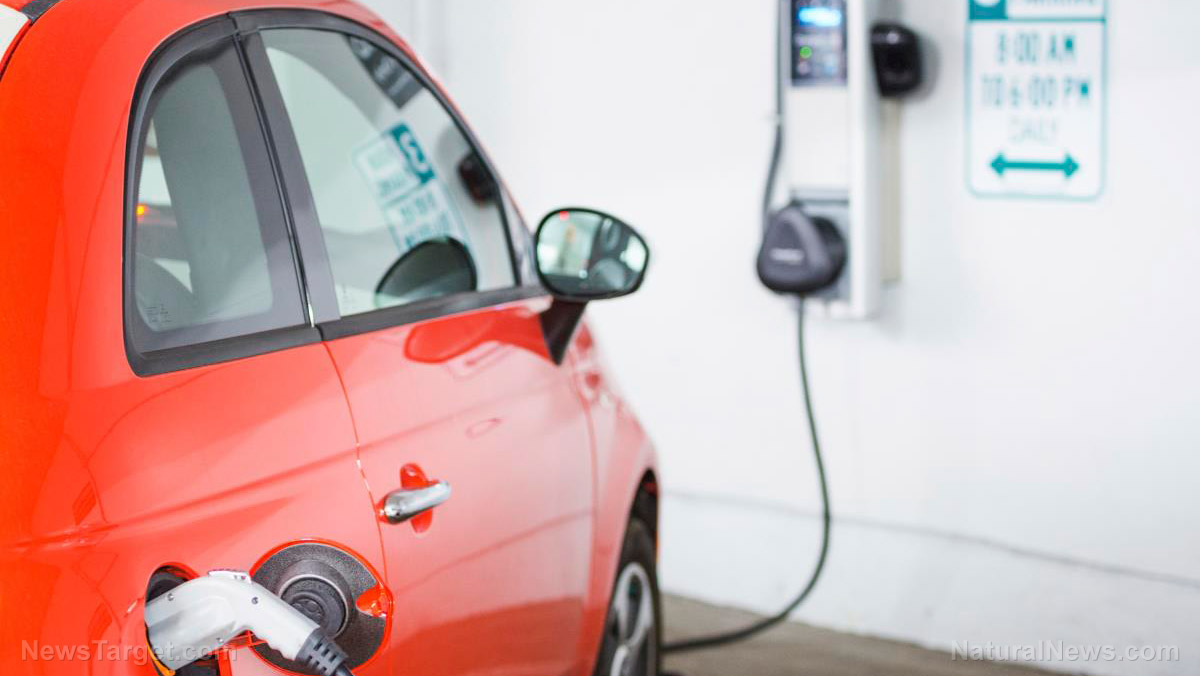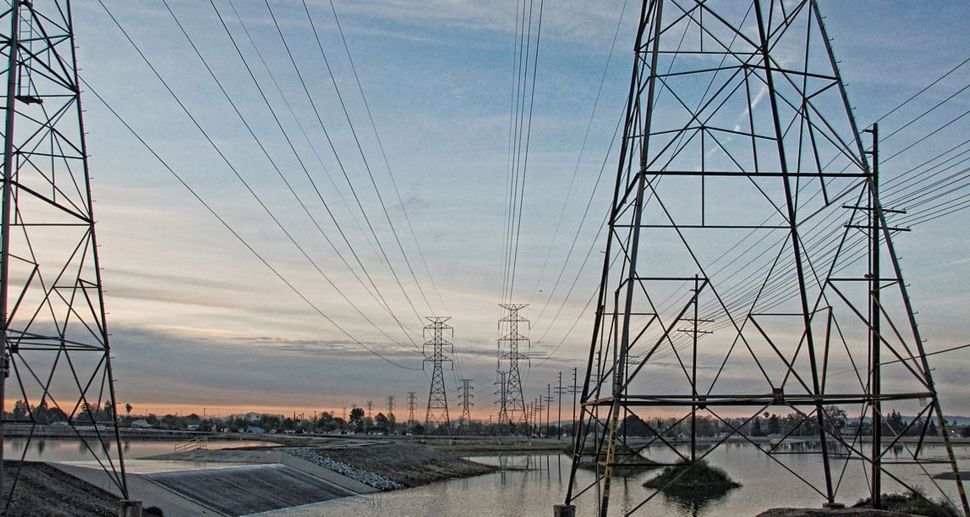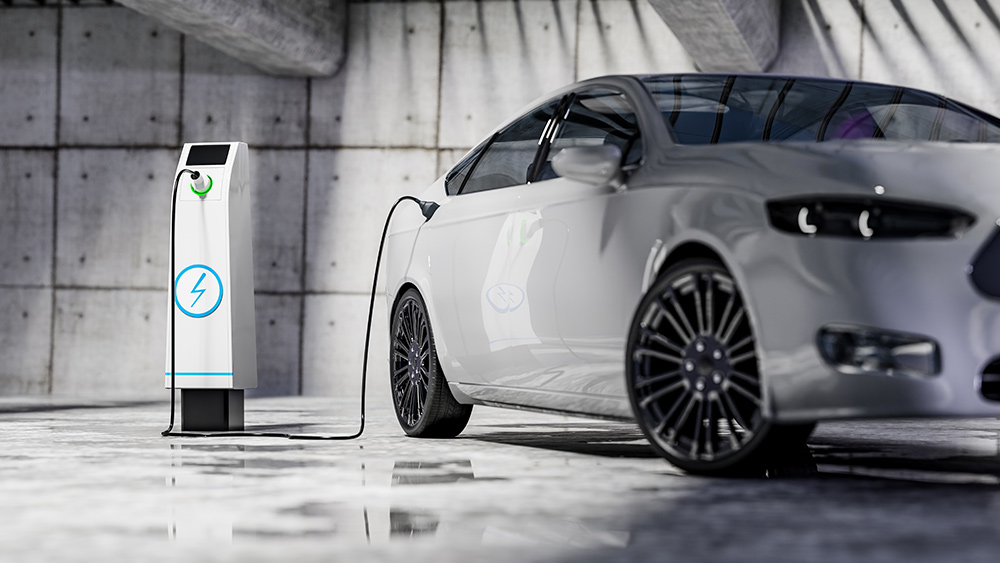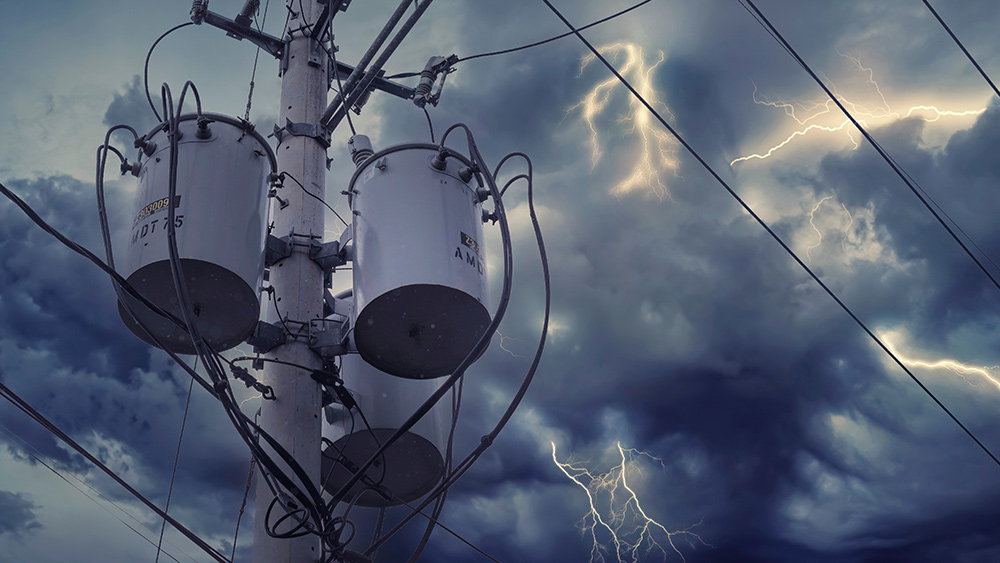Fatal prototype hybrid car explosion claims researcher’s life and leaves another severely injured with third-degree burns
07/06/2023 / By Laura Harris

A researcher has been killed while her student assistant suffered grievous injuries after a prototype hybrid electric car they were working on exploded in Naples, Italy.
Maria Vittoria Prati, 66, and trainee student Fulvio Filace, 25, of the Consiglio Nazionale delle Ricerche (CNR) research institute were traveling in the car along the Naples ring road when it exploded, causing both to suffer severe third-degree burns.
Emergency services rushed to the scene and promptly transported the victims to the nearby Antonio Cardarelli Hospital, where they were admitted in critical condition. Prati, who had burns on 90 percent of her body, died of her injuries on Monday, July 3, as reported by the Italian news outlet Open Online. Filace, who was burned across 70 percent of his body, is in stable condition.
The vehicle Prati and Filace were in was a Volkswagen Polo, a prototype hybrid vehicle being developed as part of the CNR’s “Life-Save” project testing the possibility of combining an electric motor with batteries powered by solar panels in cars.
Hybrid cars, combined with a gasoline engine and high-powered electric battery system, have been known to be more susceptible to fires and explosions. The CNR, although not directly involved in the wider European Union-led research project on hybridization, has been conducting its own studies and tests on hybrid engines.
It is suspected that the ignition of flammable materials within cylinders onboard the car may have triggered the incident. The Public Prosecutor of Naples has initiated an investigation to determine the circumstances leading to the explosion.
Combination of gas and electric systems makes hybrids more likely to cause fires
Hybrid electric vehicles have been under scrutiny due to safety concerns in the past. This risk has been demonstrated in previous incidents involving electric and hybrid vehicles, including some Tesla models.
As of November 2022, there have been reports of 44 deaths related to Tesla car fires. The proximity of the gasoline engine to the electric battery system is believed to contribute to the higher likelihood of explosions and fires in hybrid vehicles. (Related: Self-driving cars could easily turn into self-crashing cars that deliberately target and kill humans, expert warns.)
The presence of a gasoline engine in combination with a high-powered electric system and a battery is believed to be the primary cause of fire in hybrid vehicles, as the heat generated under the hood in hybrids poses a greater risk.
One such incident involved a Quebec family whose Jeep Wrangler 4xe hybrid caught fire shortly after crossing the Georges-Washington Bridge in New York during the Easter holiday. This marked the first reported case of a fire involving a hybrid Jeep vehicle.
Firefighters who have dealt with electric and hybrid vehicle fires highlight the intensity of these blazes. Most electrified vehicles use lithium-ion batteries, which are notoriously difficult to extinguish.
The chemistry employed in these batteries can lead to thermal runaway, wherein a damaged battery becomes hot enough to self-ignite. Such fires often generate temperatures high enough to melt the asphalt beneath the vehicle and even shatter nearby building windows.
Controlling these fires presents another obstacle, as firefighters often need to deploy two or three tanker trucks to cool down the battery. Compounding the issue, lithium batteries tend to reignite on their own several hours after the initial fire appears to have been put out.
Learn more about high-tech vehicles like hybrid cars at RoboCars.news.
Watch this video of electric cars transported on an open deck that suddenly burst into flames as saltwater exposure shorts their batteries.
This video is from the Dr. William Mount channel on Brighteon.com.
More related stories:
63,000 Hybrid Jeep Wranglers recalled in yet another major blow to hybrid vehicles.
Floridians would have faced nightmare scenario if electric vehicles were the norm: Analysis.
Experts warn about future uses of self-driving cars for heinous crimes.
Sources include:
Submit a correction >>
Tagged Under:
cars, chemistry, collapse, dangerous, disaster, energy supply, explosion, fuel supply, future tech, gasoline engine, glitch, hybrid cars, hybrid vehicles, inventions, Italy, power, products, prototype, prototype cars, research, safety issues
This article may contain statements that reflect the opinion of the author
RECENT NEWS & ARTICLES
COPYRIGHT © 2022 EnergySupply.news
All content posted on this site is protected under Free Speech. EnergySupply.news is not responsible for content written by contributing authors. The information on this site is provided for educational and entertainment purposes only. It is not intended as a substitute for professional advice of any kind. EnergySupply.news assumes no responsibility for the use or misuse of this material. All trademarks, registered trademarks and service marks mentioned on this site are the property of their respective owners.




















